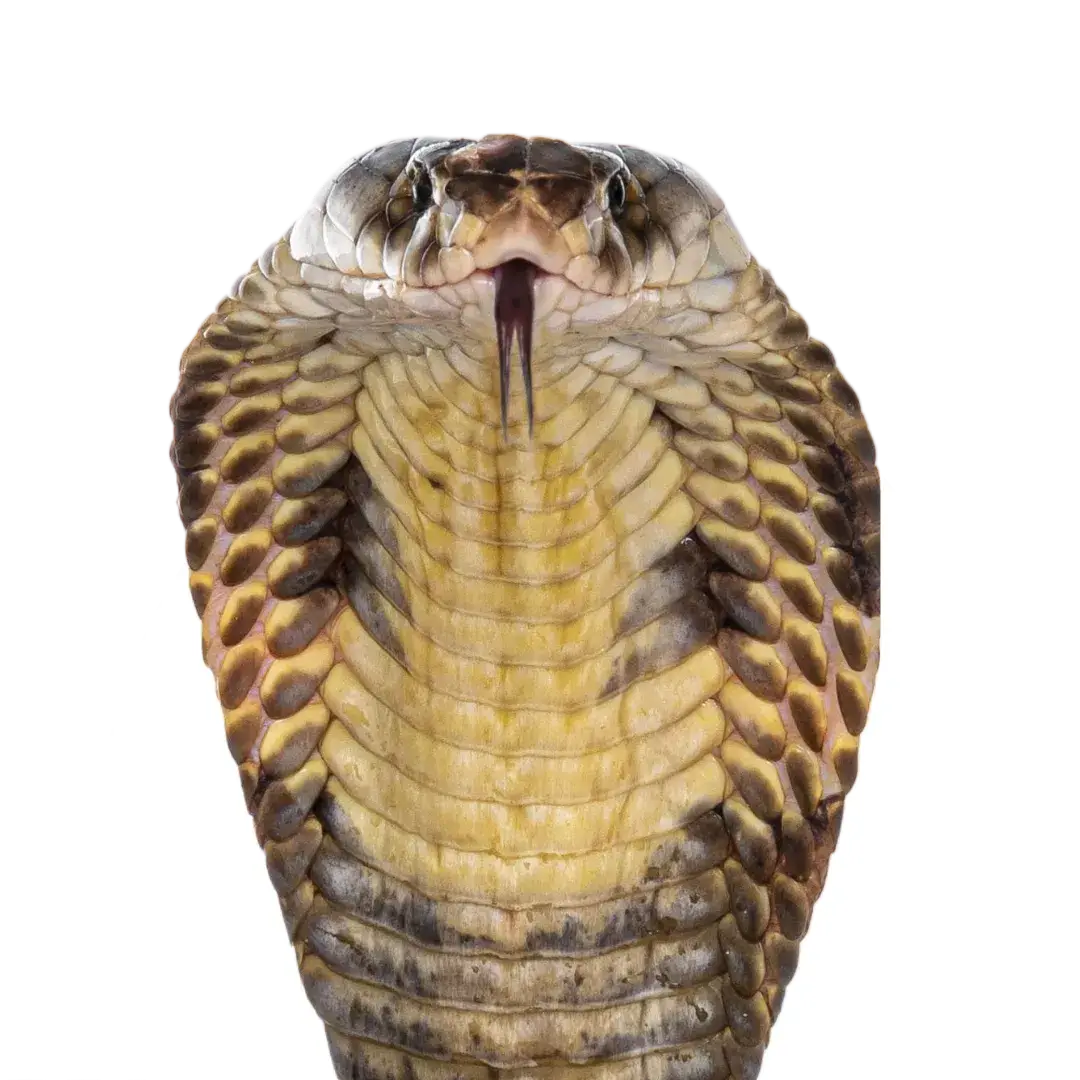

Incorrect low temperatures. A snake needs heat to digest, without it, the meal spoils, producing painful gas.
More than a few weeks after the previous meal should be considered an impaction and requires veterinary assessment.
No. While heat is required, simply increasing it after swelling starts risks cooking the already rotting food internally. Veterinary intervention is needed first.
Any swelling can quickly compromise the snake's circulatory and respiratory systems. It should always be treated as an emergency until a benign cause is ruled out.
It could be a normal food bolus, severe impaction, or a deadly internal tumor. Only an X-ray can tell you which it is.
Your pet deserves expert care – Subscribe now for trusted tips and updates from our pet experts.
